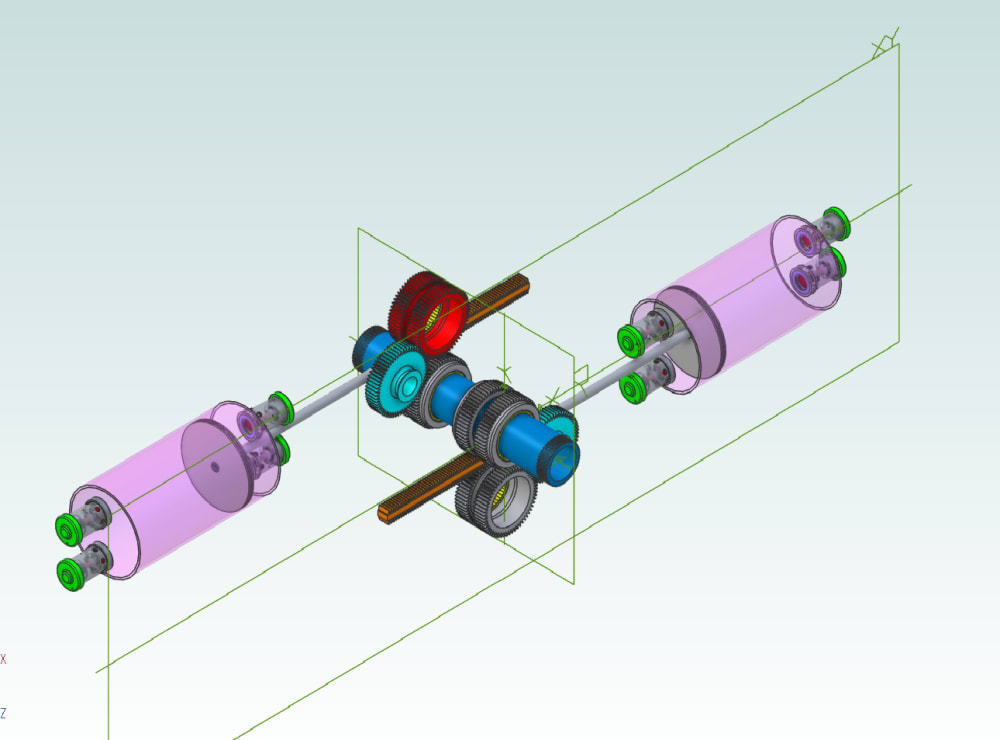Low Temperature Green Energy Power Generation
Energy Source:
"Even if only 1% of the thermal energy contained within the uppermost 10 kilometers of our planet could be tapped, this amount would be 500 times that contained in all oil and gas resources of the world."
-U.S. Geological Survey
Applications:
Low temperature energy for power generation from common earth hot springs is especially difficult to cost justify below 350-degree F because of poor efficiency of the current state of the art. As a result, extracting power from low heat is well below 8% efficient, however any energy recovered is deemed positive and viewed as free. Note, there are considerably more sources of unused below 350 degrees areas in nature than there are above 350 degrees.
Also, any low-quality heat like solar, low quality gaseous fuels or bio-mass are candidates for supplementary heat sources and can be used in any hybrid combination; for example, solar heat combined with bio-mass in either parallel or series application.
Bottom cycle is also an opportunity to recoup normally wasted heat via both the cooling system and in the exhaust cycle. Power can be extracted as well from any manufacturing processes that require heat, i.e., smelting, paper mills and others are potential for this application.
In addition, many smaller KW units in diverse locations solidly deal with the power grid issues by reducing the huge energy losses of up to 20% when electrical energy is used over great distances via the existing power grid system.
Innovations:
2.5X more efficiency gains are based on low temperature steam works best with positive displacement engines by using all available heat energy in low temperatures, unlike turbines that have poor efficiency due to their non-sealed leakage rates. It can be a totally sealed, positive displacement motor that can use lower boiling temperature fluids if required. When turbines use low temperature steam, it is wet steam which induces turbine blade corrosion & erosion. The linear motor uses material science to cope with the low temp wet steam and in fact can be lubricated by water.
Efficiency gains come from the near Carnot cycle on the power cycle and takes known reciprocating losses of the inertia mass of the piston assembly and converts it into useful work by compressing the next cycle to raise the gas temperature for the next power cycle.
The motor can be sized in proportion to available heat energy for HP output. Proprietary linear reciprocating action is turned into uninterrupted continuous rotation through the innovative gear system and lends itself for many modules on a common output shaft as needed for more flexibility. Standard materials and best practices apply when manufacturing this design.
Closed loop electronic controls monitor pressure & temperature and then control pneumatic intake and exhaust valves to optimize the system. This approach copes with all the normal system variables i.e., real world dynamic pressure and temperature changes.
The market:
Is only limited by one’s imagination in today green energy environment.
Like this entry?
-
About the Entrant
- Name:Al Joniec
- Type of entry:individual
- Software used for this entry:Alibre Design
- Patent status:pending

